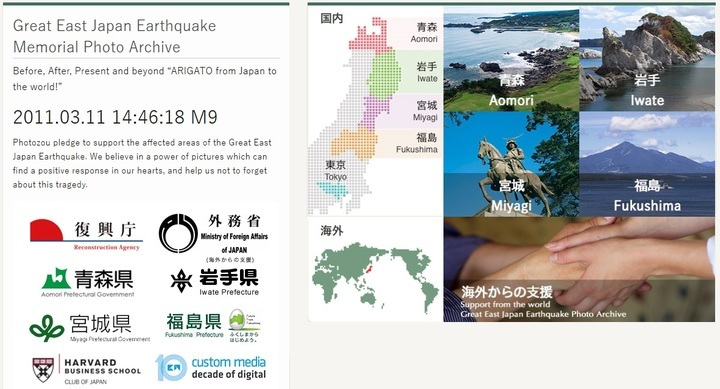Media
Tue Jan 13,2015 0:00 am
INTAGE Continues to Monitor Impact of 2014 Consumption Tax Increase in Japan
INTAGE Inc.
INTAGE Inc., part of Japan - largest marketing research group and the 9th largest globally, announced Jan . 13 the latest results of its ongoing study into the impact of the April 2014 consumption tax hike in Japan. This most recent summary follows up on its previous "Report on the Impact of Japan - Consumption Tax Increase in 2014!" (www.intage.co.jp/english/news/2014/20140605.html).
The latest report looks at the seven-month period (through October 2014) since the April consumption tax hike, providing an analysis of the ongoing effect that the increase has had on certain consumer product segments, and offering valuable hints for retailers and marketers interested in the Japanese market. Results suggest that there have been notable changes in purchase conditions, consumer psychology and consumer purchase behavior since the tax increase.
The full report (PDF) is available here: http://www.intage.co.jp/english/news/2015/images/20150113.pdf
As Japan - foremost provider of marketing research intelligence, INTAGE will continue to track the influence of the consumption tax hike, in anticipation of the country - next consumption tax increase from 8% to 10%, scheduled for April 2017.
Overview of Key Findings
-Recovery remains stagnant; both purchase value and purchase quantity
after the tax hike were lower than the previous year in almost all
categories, despite expectations that purchase trends would recover by
the summer of 2014.
-The age 60s segment showed the highest pre-hike growth in purchase value
and quantity, and the quickest post-hike recovery. Recovery has been less
pronounced among the 20s-40s segments; most categories are still
lower (minus) compared to the previous year.
-Expenditures have gone up, but income/bonuses have not risen accordingly;
price consciousness is higher, especially among the 20s-40s segments.
-Feelings of "financial security" are down among all segments versus
the previous year, particularly the 30s-40s segments.
-Purchase frequency and volume have decreased overall
(other than daily food items) compared to the previous year.
-Budget-minded consumers are shifting from frozen foods to more fresh
food items; more
consumers are moving to private brands and special bargains for high-necessity items such as toilet paper.
-Looking ahead, important keywords for consumers are "price" and "added
value". Marketing plans need to focus on both price strategies and the
communication of added value.
Source: INTAGE Inc. (Tokyo, Japan)
The latest report looks at the seven-month period (through October 2014) since the April consumption tax hike, providing an analysis of the ongoing effect that the increase has had on certain consumer product segments, and offering valuable hints for retailers and marketers interested in the Japanese market. Results suggest that there have been notable changes in purchase conditions, consumer psychology and consumer purchase behavior since the tax increase.
The full report (PDF) is available here: http://www.intage.co.jp/english/news/2015/images/20150113.pdf
As Japan - foremost provider of marketing research intelligence, INTAGE will continue to track the influence of the consumption tax hike, in anticipation of the country - next consumption tax increase from 8% to 10%, scheduled for April 2017.
Overview of Key Findings
-Recovery remains stagnant; both purchase value and purchase quantity
after the tax hike were lower than the previous year in almost all
categories, despite expectations that purchase trends would recover by
the summer of 2014.
-The age 60s segment showed the highest pre-hike growth in purchase value
and quantity, and the quickest post-hike recovery. Recovery has been less
pronounced among the 20s-40s segments; most categories are still
lower (minus) compared to the previous year.
-Expenditures have gone up, but income/bonuses have not risen accordingly;
price consciousness is higher, especially among the 20s-40s segments.
-Feelings of "financial security" are down among all segments versus
the previous year, particularly the 30s-40s segments.
-Purchase frequency and volume have decreased overall
(other than daily food items) compared to the previous year.
-Budget-minded consumers are shifting from frozen foods to more fresh
food items; more
consumers are moving to private brands and special bargains for high-necessity items such as toilet paper.
-Looking ahead, important keywords for consumers are "price" and "added
value". Marketing plans need to focus on both price strategies and the
communication of added value.
Source: INTAGE Inc. (Tokyo, Japan)







.jpeg)
